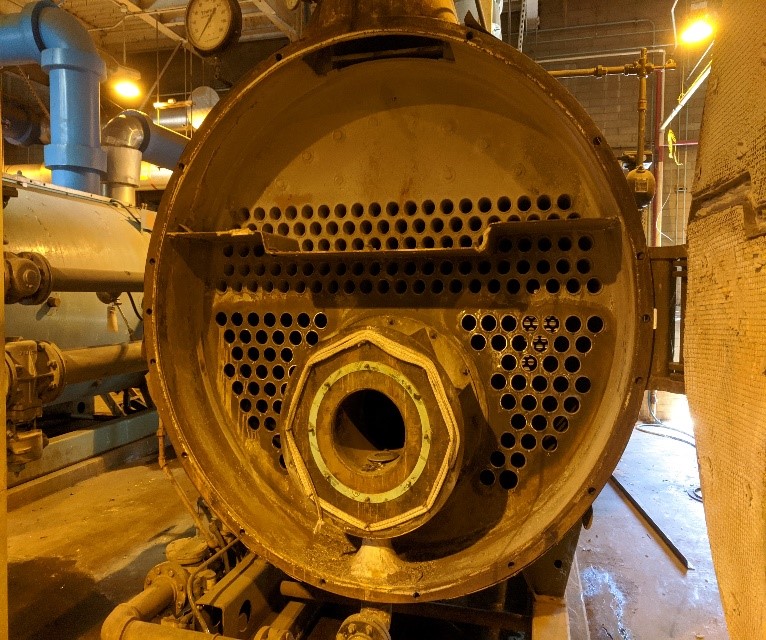The boiler shell is the fundamental structural element at the heart of heating systems. It also embodies the essence of heat generation and distribution. Within its robust confines lies a crucial mechanism that drives industrial processes, powers central heating systems, and fuels various applications across diverse sectors.
The Boiler Shell: Foundation of Heat Generation
The boiler shell is the outer vessel that encloses critical components responsible for converting water into steam or hot water. Its primary function is to contain the heat produced during combustion while ensuring the safe transfer of that heat to the surrounding water.
Structural Composition and Design
The boiler shell, constructed from high-grade steel, boasts exceptional durability and resilience against extreme temperatures and pressures. Its design varies based on the type of boiler—whether fire-tube or water-tube. It is engineered to withstand the internal pressures generated during operation.
- Fire-tube Boilers
In these boilers, the shell contains tubes through which hot gases from combustion flow, heating the surrounding water. The tubes are submerged in the water, allowing for efficient heat transfer.
- Water-Tube Boilers
Here, the shell accommodates multiple water-filled tubes, with combustion gases flowing around these tubes to generate heat. Water-tube boilers often cater to higher pressures and greater steam capacities.
Role in Heat Transfer and Energy Production
The boiler shell’s primary role is to facilitate heat transfer from the combustion process to water, creating steam or hot water used for heating, power generation, or industrial processes. The inner components, including burners, heat exchangers, and tubes, collaborate within the shell to efficiently transfer heat energy to the water.
Safety and Regulation Compliance
Safety features integrated into the boiler shell ensure operational reliability and compliance with stringent regulations. Pressure relief valves, temperature controls, and monitoring systems are installed to safeguard against excessive pressures, overheating, or potential malfunctions. It also ensures efficiency and prioritizes operational safety.
Maintenance and Longevity

Regular maintenance and inspection of the boiler shell are imperative to sustain its functionality and extend its lifespan. Cleaning, inspection of internal components, and adherence to maintenance schedules mitigate corrosion, erosion, or structural degradation. It in turn helps in ensuring optimal performance and safety.
The boiler shell, often overlooked within the intricacies of heating systems, serves as the cornerstone of heat generation and energy production. Its robust construction, meticulous design, and critical role in heat transfer underscore its significance in various industrial, commercial, and residential settings. Understanding the boiler shell’s function and importance sheds light on its vital role in powering industries, heating spaces, and sustaining essential processes, making it an indispensable component in heating technology.


Recent Comments